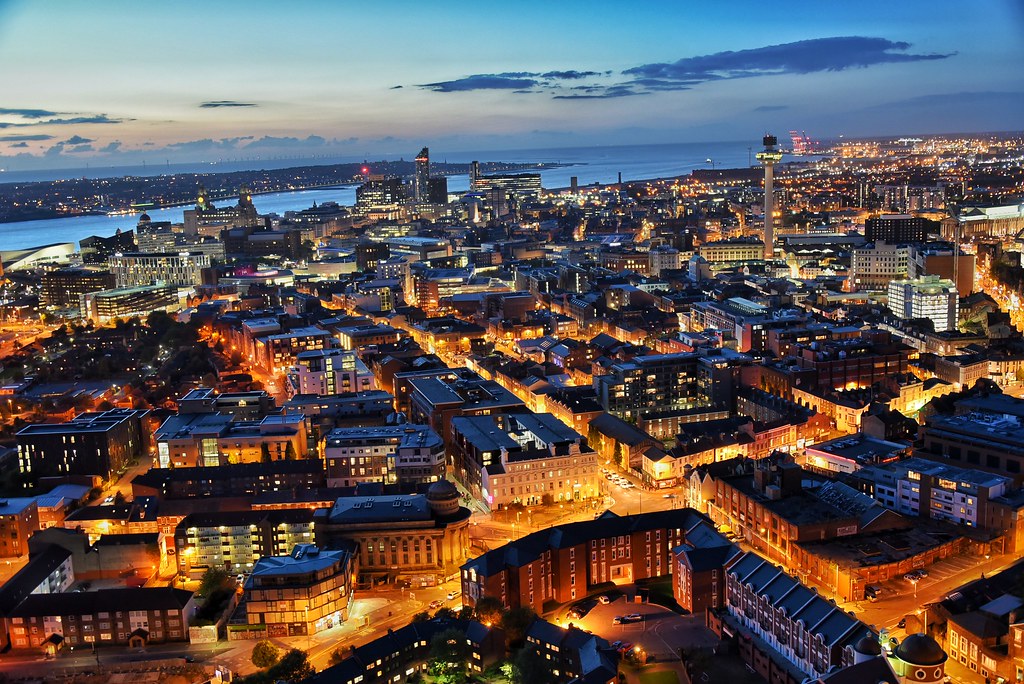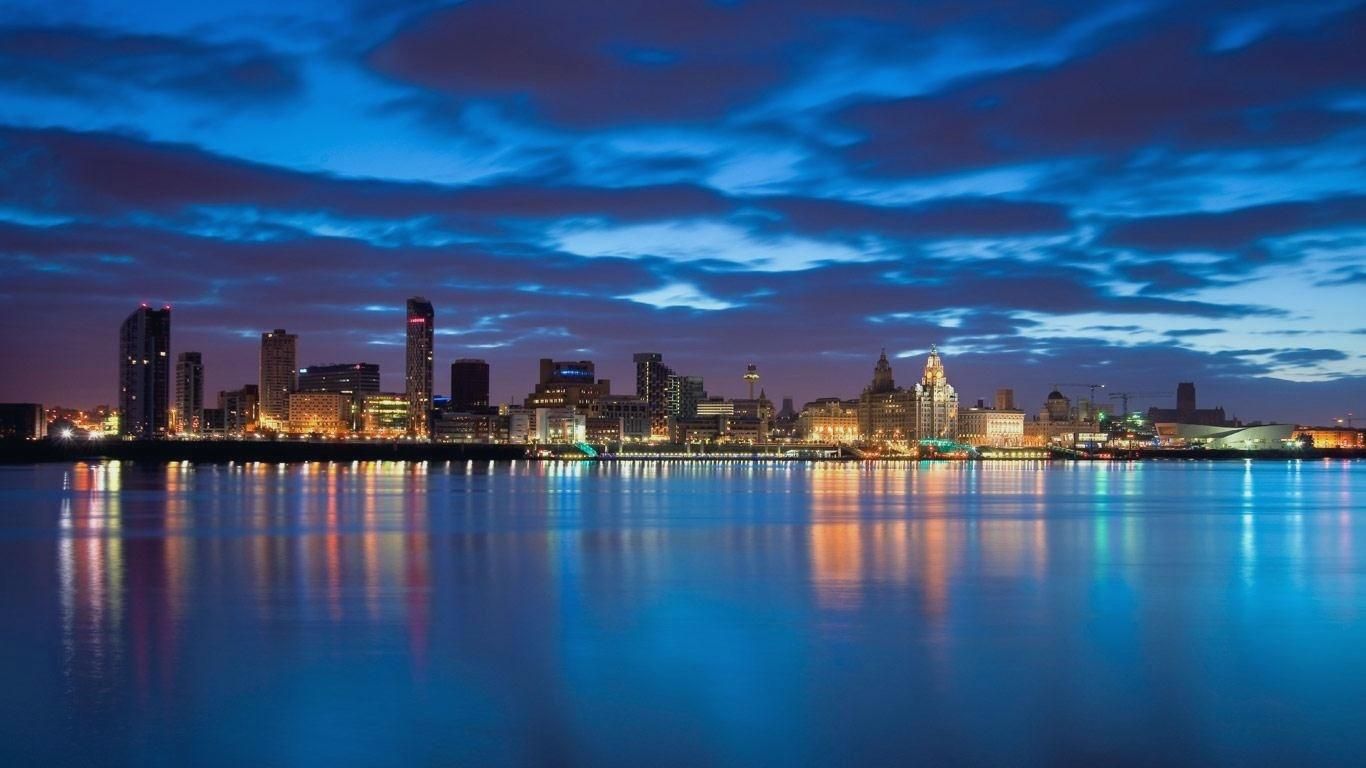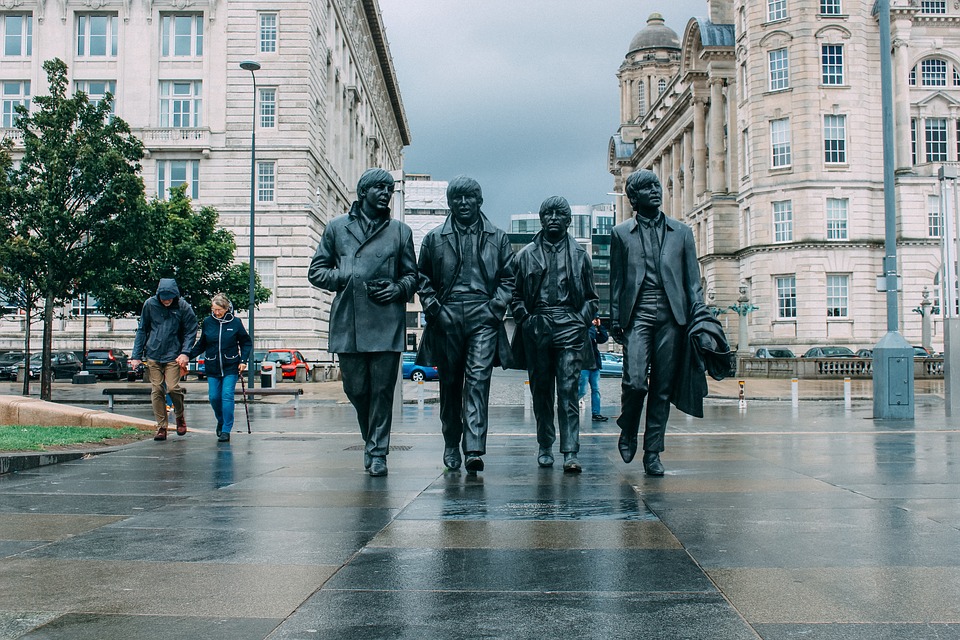 Photo permit included
Photo permit included
 Tour by public transport
Tour by public transport
 Canal Boat tour included
Canal Boat tour included
 Train tickets included
Train tickets included
 Suitable for little children
Suitable for little children
 Wheelchair accessible tour
Wheelchair accessible tour
 Museum ticket included
Museum ticket included
 Light snack included
Light snack included
 Lunch included
Lunch included
 Transportation included
Transportation included
 Walking Tour
Walking Tour
Liverpool is situated on the estuary of the River Mersey. It is the fourth largest city in the United Kingdom. It is a main port and chief commercial centre. The city forms a crescent on the eastern bank of the Mersey.
Long stretches of docks and warehouses line the waterfront area.
The Mersey estuary is linked by a ship canal with Manchester and other nearby industrial cities. The economy of Liverpool is based largely on shipping and related businesses. Liverpool has a rich seafaring heritage and is highlighted by the famous song ‘Ferry across the Mersey’ and this certainly is the best way to see the amazing waterfront. The Three Graces, The Liver Building, and The Cunard Building are all famous landmarks. The Pier Head area forms part of the Liverpool Maritime Mercantile City, which is a UNESCO designated World Heritage Site. Liverpool is famous for having two Cathedrals as well as two Premiership football teams, Liverpool and Everton. Their stadiums are situated at either end of Stanley Park. Liverpool is also home to the famous Beatles, both John Lennon and Paul McCartney had their childhood homes in the Allerton area of Liverpool, and this was the inspiration for some of their most famous songs including Penny Lane and Strawberry Fields.
What's included
- English-speaking guide
- Pick-up and drop-off
- Transportation
- Food and drinks
- Entrance fees
- Pick-up and drop-off at Liverpool port
Highlights
Itinerary
09:00
You will be met at the port and guided to your air-conditioned transportation. This is usually a short-level guided walk from the Cruise Terminal in front of Liverpool’s principal buildings the “Three Graces” with a photo opportunity at the new Beatles statues where you will board your transport at the Museum of Liverpool.
The journey to the walled City of Chester will take approximately 40 minutes and you will pass through the pretty village of Port Sunlight which was built in 1900 for the “Sunlight Soap” workers, now Unilever. You will also enjoy a short panoramic guided coach tour of Chester and see great architectural treasures including the Roman Walls and Amphitheatre and the unique half-timbered medieval Rows.
You will then leave a coach for a guided walk around the sandstone walls, which bear testament to the various invaders, and defenders who have shaped English history up to the modern day. The basic street plan inside the walls has changed little from Roman times and each of the ancient and medieval towers has its own story to tell. There are plenty of great photo opportunities. The guided walk on the walls will take approximately 90 minutes; most of Chester’s other famous and interesting landmarks including “Anniversary Clock” and the magnificent Cathedral can be seen from or nearby the walls. There is a short section of the walls which is fully accessible so everyone will be able to enjoy them. On most days the walking tour finishes with the news being “Decreed” by the Chester Town Crier in their flamboyant robes which is a great photo opportunity.
The City of Chester is renowned for its quirky little independent shops, bars and restaurants alongside the larger High Street Stores and there’ll be opportunity to purchase lunch and souvenirs (not included). Time permitting, you can visit the Chester cultural museum or walk down a virtual Roman street in the Deva Experience Museum, alternatively take a relaxing river cruise, or visit the Cathedral or Chester Castle.
On the return from Chester you will take a panoramic Beatles themed coach tour of Liverpool capturing some of the best sights this City has to offer. You will take the new River Mersey Bridge to bring you to south of the city which will enable you to stop for photos outside the childhood home of John Lennon as well as Strawberry Field Gates and Penny Lane with a little Beatles music on the way. Next, you’ll drive through the World Heritage Site passing the Beatles Schools and colleges and John Lennon’s local the “Philharmonic Dining Rooms”.
You’ll see not one but two Cathedrals, one of which is the world’s fifth largest!
Towards the end of the day you will enjoy a short guided Magical Musical Walk along Mathew Street and visit the Cavern Club. (Please note that there are around 40 steps underground to access the cavern, although there is a lift which is needed to be booked in advance). Although on most weekdays the Cavern is free of charge to visit, at weekends and during International Beatles Weeks and other special occasions there is a small entrance charge which you can pay at the door.
Finally you will enjoy an easy level guided walk with time to buy souvenirs across the “Liverpool One” retail and leisure area and through the Royal Albert Dock back to the Cruise Terminal in plenty of time for your cruise ships departure.







